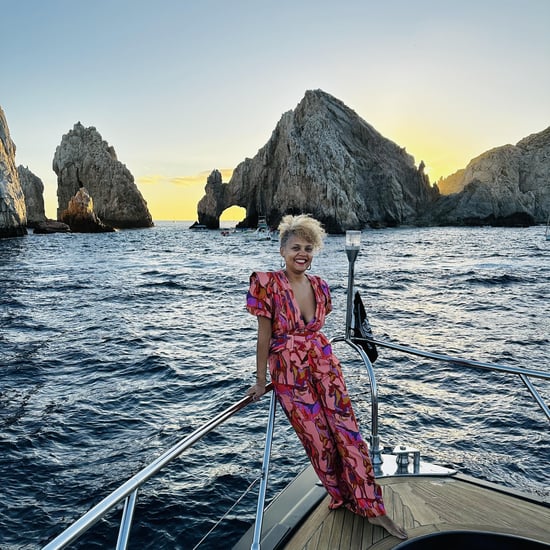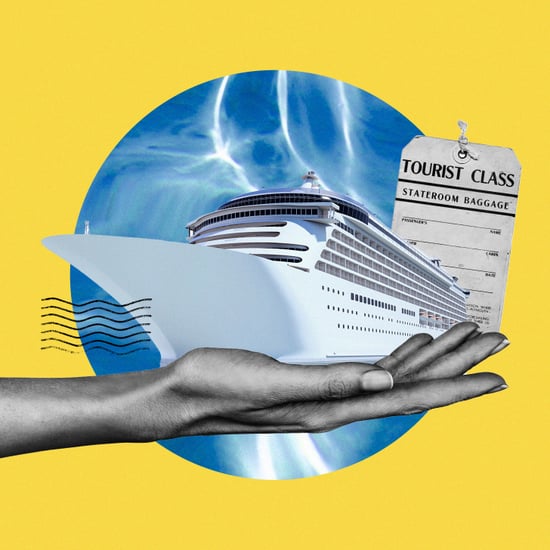
Are National Parks Safe Under Trump?
Need a Reason to Be Proud of America? Visit a National Park
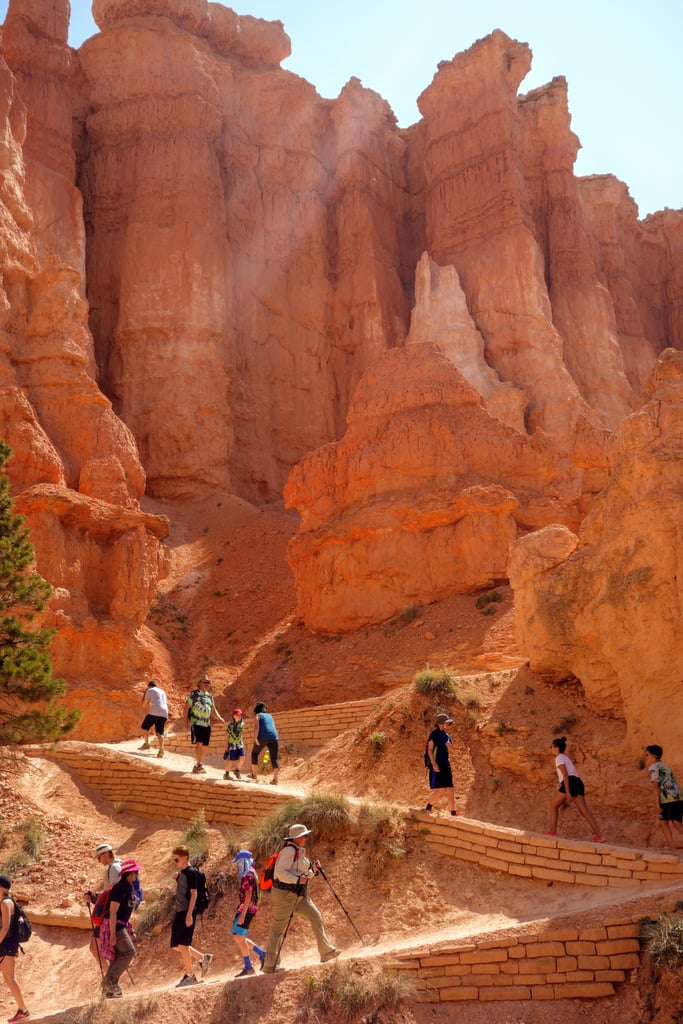
To celebrate the 100 years of America's National Park Service in 2016, the US Department of the Interior launched the Find Your Park campaign. The choice of “your” in the slogan was meaningful; it emphasized that America's national parks belong to the people.
It's this collective ownership and responsibility over our country's natural and cultural resources that makes the national parks so special. Visit one, and you'll see people of different financial means and physical abilities learning, relaxing, and getting exercise. National parks are generally free of socioeconomic class markers. Everyone's wearing a basic uniform of dusty shoes and practical clothing. With often limited cell phone service, our parks give modern tourists a chance to disconnect and experience the basic things generations of humans have enjoyed: fresh air and diverse natural landscapes.
In a polarized political climate that pits Democrats against Republicans, coastal elites against the inland working class, and city dwellers against rural citizens, the national parks provide a political demilitarized zone where Americans can simply be Americans. You get a chance to experience that American brand of frontier individualism and resourcefulness you learned about in middle-school history class. The natural wonders provide a sense of hope and endless possibility. Our national parks are well run by educated federal employees dedicated to conservation. In the parks, science and respect for the environment are presumed virtues, not topics to be politicized. The parks also present this best version of America to international visitors. According to the US Travel Association, more than a third of the 38.4 million people who travel from abroad to the US each year visit a National Park or Monument during their trips. America invented the concept of a national park around the turn of the 20th century, and countries around the world have emulated it ever since.
National parks provide a political demilitarized zone where Americans can simply be Americans.
If you've visited a National Park, you surely noticed the friendly mood that pervades it. Strangers say "good morning" while passing each other on a trail. You might stop to chat about the conditions or to take a photo for each other, all while feeling a genuine warmth for your fellow Americans. It feels like you're all members of an exclusive club accessing the clubhouse — which includes an expansive canyon or crashing waterfall. If you're looking for reasons to be a proud American these days, the national parks will give you plenty.
A Massive Success
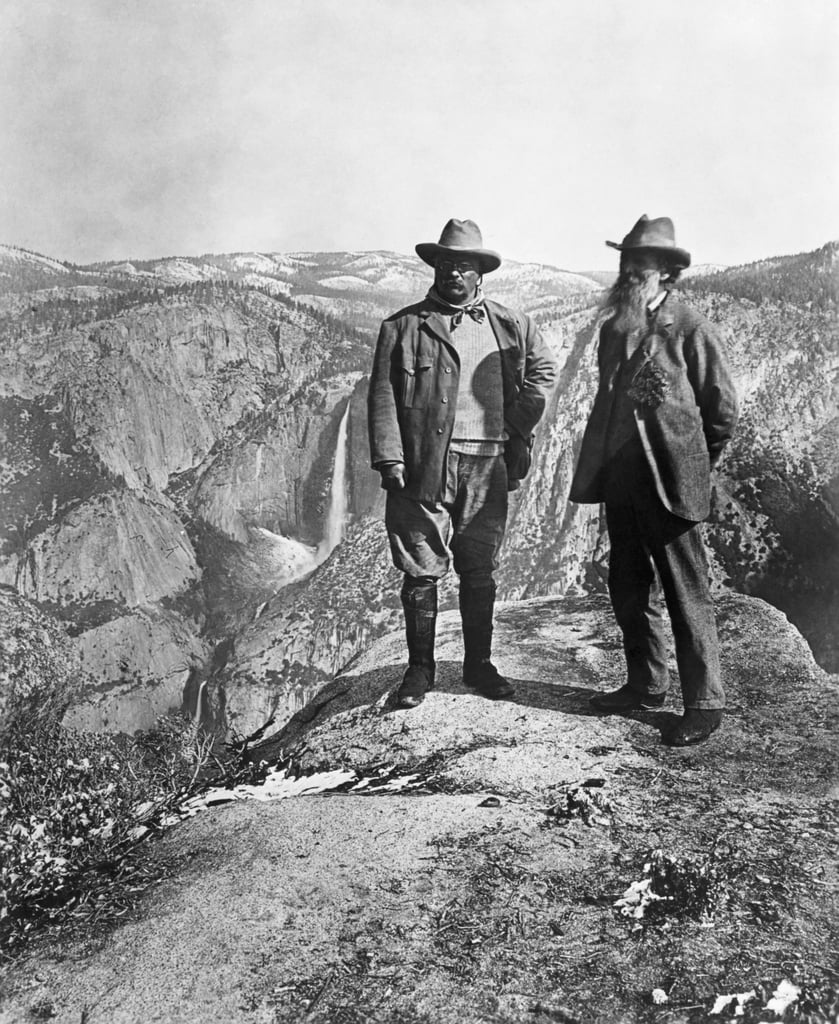
President Woodrow Wilson signed the law into effect creating the National Park Service on August 25, 1916. The "Organic Act" established the park service as a new bureau in the Department of the Interior created to run federal parks and other monuments. The new law declared that the purpose of these public lands was to "conserve the scenery and the natural and historic objects and the wild life therein and to provide for the enjoyment of the same in such manner and by such means as will leave them unimpaired for the enjoyment of future generations." The idea was to create an environmental legacy that future Americans could enjoy.
The new National Park Service originally oversaw the 35 national parks that already existed in 1916. The first to gain official recognition was Yellowstone National Park, established by congress on March 1, 1872. Over the years, more parks and monuments were designated, and today there are more than 400 areas that cover 84 million acres in the 50 states, Washington DC, American Samoa, Guam, Puerto Rico, Saipan, and the Virgin Islands. That includes the 59 national parks you may have heard of, like Bryce Canyon and Yosemite. But the National Park Service also protects others sites with national significance, including the Golden Gate Bridge National Recreation Area in San Francisco, the Statue of Liberty in New York, and the Lincoln Memorial in DC. Today, the Forest Service, Bureau of Land Management, and even the Department of Defense manage some national monuments as well.
Land can be protected and put in the care of the National Park Service either by an act of Congress or by the President, who can declare public sites national monuments under the Antiquities Act of 1906, championed by then-President Theodore Roosevelt. Teddy Roosevelt can be considered the political grandfather of the modern national park system, along with Scottish-born writer and naturalist John Muir. Muir brought Roosevelt to Yosemite to camp under the stars in 1903, in what could be considered the most consequential camping trip in American history. Muir convinced the president to put Yosemite Valley and the Mariposa Grove of giant redwood trees under federal protection. This set a precedent for the idea that the federal government could be a steward of the environment.
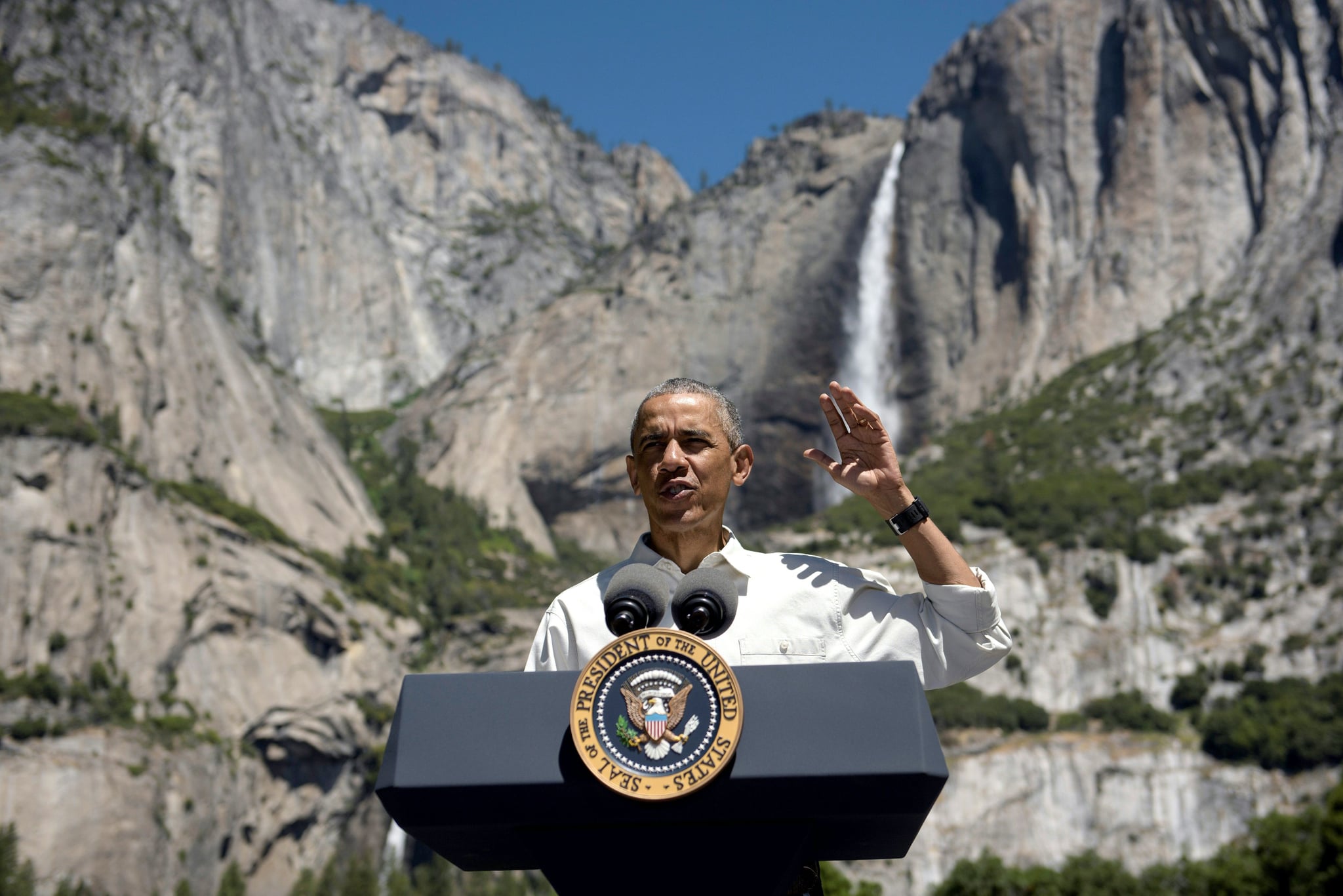
Fast forward to modern times: with more than 11 million visitors, the most visited of the 59 national parks in 2016 was Great Smoky Mountain National Park, which borders North Carolina and Tennessee. There, you can walk the famed Appalachian Trail or visit pioneer homesteads, providing the blend of recreational and cultural attractions typical of national parks. In popularity, Great Smoky Mountain is followed by Grand Canyon National Park in Arizona, which saw almost six million visitors, and Yosemite National Park in California, which hosted five million campers, hikers, and view seekers in 2016. Travel media company Lonely Planet notes other trends: "Yellowstone & Grand Teton National Parks is our top-selling national park guide in the US," says Alex Howard, Western US destination editor for Lonely Planet. In fact, it's number three among all titles sold in the US, behind the Iceland guide and ahead of Cuba. The first official national park holds its own against trending international destinations popular with millennials.
"Relevancy is vital to our survival."
The National Park Service has thrived since its creation. More than 331 million people visited a site managed by the National Park Service in 2016. That's more than the entire US population, demonstrating that these lands have appeal beyond our borders. Yet their future depends on the will of today's Americans. "Relevancy is vital to our survival," says Victoria Stauffenberg, a park ranger who now works as a writer for the National Park Service in its DC headquarters.
During the centennial year in 2016, the park service made it a goal to reach out to younger Americans, hoping they would build a connection with the parks to last a lifetime. "We strengthened our partnerships and youth programs to provide more opportunities for underserved communities," Stauffenberg explains. "We also participated in programs like Every Kid in a Park, which allowed every fourth grader in the US to get an entrance pass." The National Park Service has plans to update this program for the coming school year. Renewed appreciation for the National Parks may be crucial in the imminent future, as elected officials in Washington — starting with President Trump — are taking actions to roll back existing protections.
The Politics of Public Lands
On April 26, 2017, President Trump took a turn from presidential tradition of protecting US public lands and instead moved to remove designations from existing national monuments. In his executive order, he asked the Secretary of the Interior to review all presidential national monument designations greater than 100,000 acres created since Jan. 1, 1996. Since Congress has been unable to pass large land protection bills in recent times, Presidents Bill Clinton, George W. Bush, and Barack Obama relied on the Antiquities Act to protect new lands under the National Park Service.
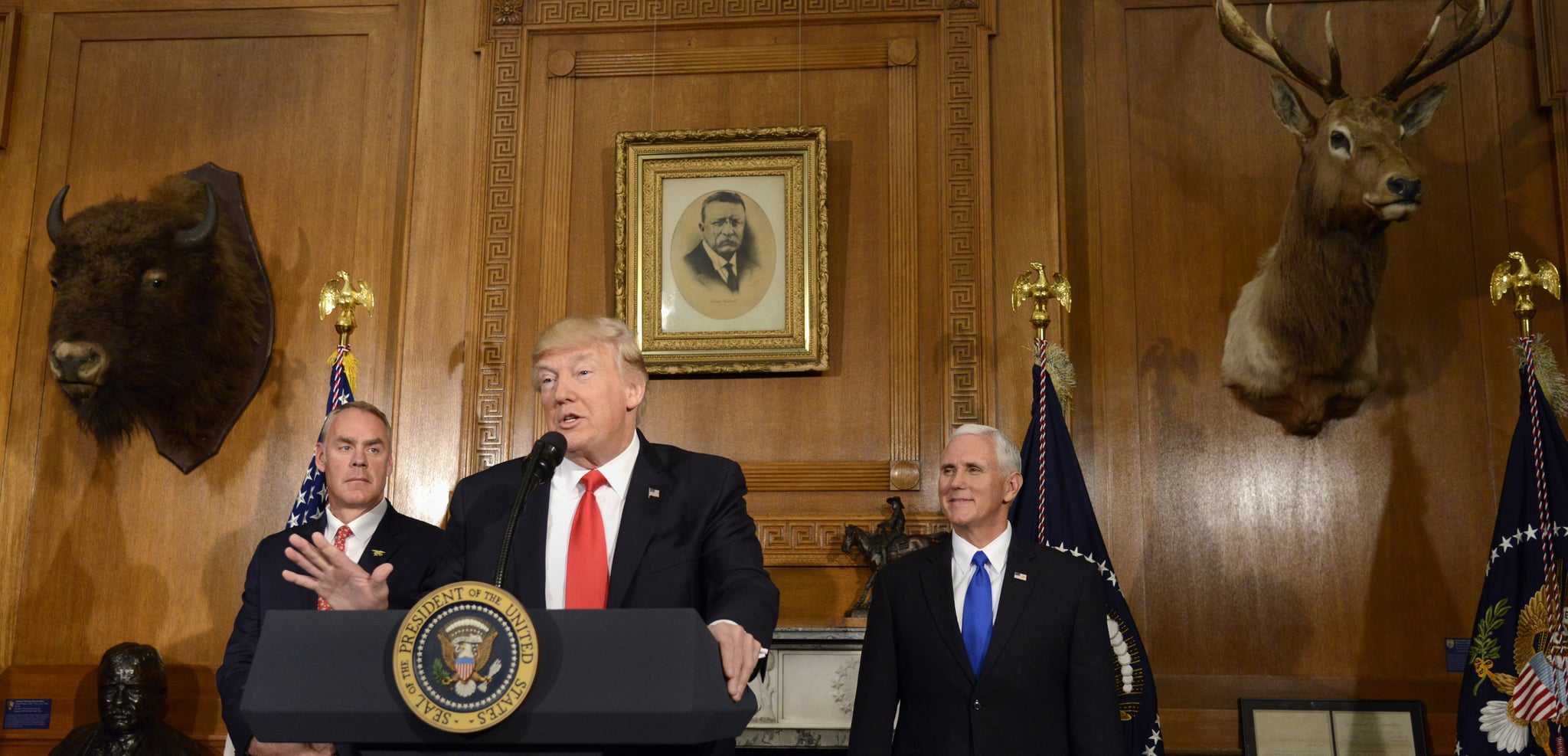
Some critics, including Trump, believe these past presidents betrayed the intent of the 1906 law, which states that monuments "shall be confined to the smallest area compatible." President Obama, for example, created the Bears Ears National Monument on Dec. 28, 2016, which includes more than one million acres. While some have decried this as a "federal land grab," the land was already owned by the federal government; his designation provided greater protections.
A president has never tried to revoke a monument named by a previous president. Trump is attempting to be the first.
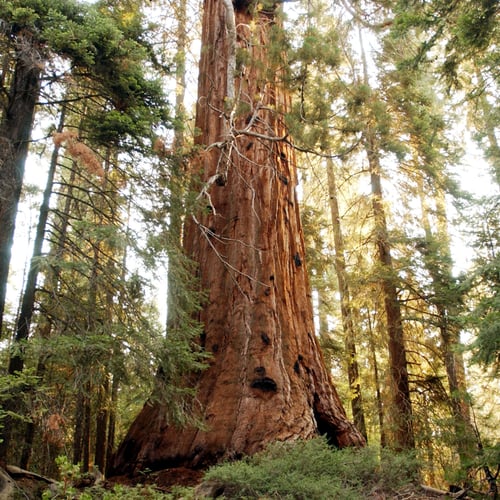

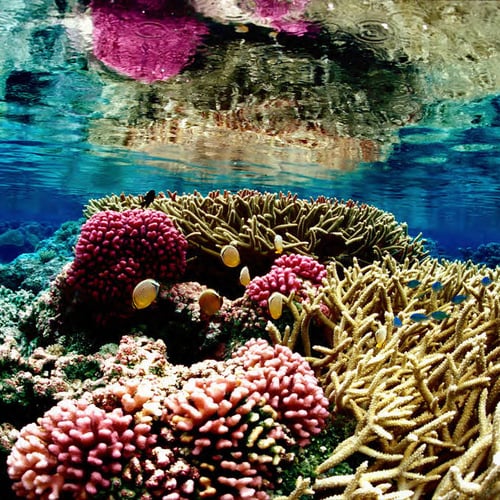
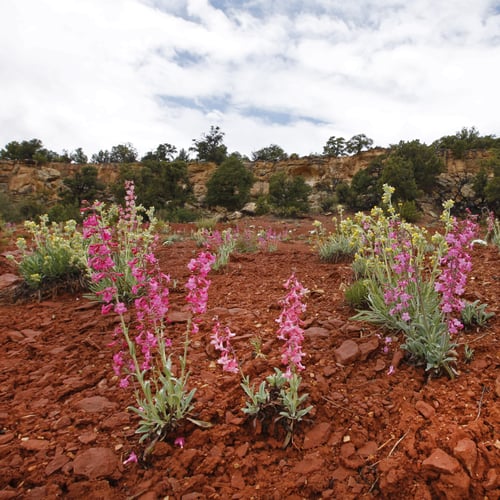
Following the review, Trump may decide to remove some national monument designations. Along with Bears Ears, monuments up for review include Sequoia National Monument in California, groves of the world's largest trees designated as a monument in 2000; Grand Staircase-Escalante National Monument in Utah, a collection of red-hued plateaus, canyons, and cliffs made a monument in 1996; and the Pacific Remote Islands, a marine monument created in 2009. A president has never tried to revoke a monument named by a previous president. Trump is attempting to be the first. And since the Antiquities Act does not explicitly give the president authority to de-designate a monument, he would likely face a legal challenge.
In addition to Trump's executive order, politics surrounding the national budget could jeopardize the stability of the national park system. Trump's proposed budget calls for a 13 percent cut to the National Park Service's budget, which the National Parks Conservation Association calls potentially the biggest cut to the agency since World War II. Despite record visits, the proposed budget would cut 1,242 staff positions and 37 percent of the Historic Preservation Fund. Considering park fees make up a small portion of the overall budget, the future of the park service relies on funding from Congress.
95 percent of citizens in the study said national parks were important.
"National parks are set aside for future generations to enjoy, so the biggest concerns today tend to be related to visitor safety and resource protection," explains Stauffenberg. "Since parks are so diverse, they each have their own set of specific concerns," she continues. Those concerns may include wildfires or effects of the changing climate on natural and cultural resources. But due to previous funding shortfalls, billions of dollars of repairs have been backlogged and additional cuts could exasperate the situation.
There's evidence that the public will stand up to support their parks. Polls consistently show that Americans support national parks. A 2016 study from Harvard and Colorado State found that 95 percent of citizens said national parks were important to them, and 80 percent of participants said they would pay higher taxes to maintain the national parks. It's clear there is bipartisan pride and support for our national heritage. Earlier in 2017, Republican congressman Jason Chaffetz was forced to pull his proposed bill that would make it easier to sell off 3.3 million acres of public lands. The about-face came after rallies were held in New Mexico and Montana in response to the bill.
Planning for a Bright Future
Despite the precarious political position, the National Park Service is moving boldly into its second century. "We are striving to tell all American stories and be relevant to everyone," Stauffenberg says. She continues: "If you look at the most recent parks to be added, there is a trend of filling in the gaps of the American narrative." Some of these sites include the Freedom Riders National Monument, the Birmingham Civil Rights National Monument, and the Harriet Tubman National Historical Park, all created as President Obama's term came to a close.
At America's national parks you can access both the humble tranquility and awesome power of nature — and they're often just a road trip away.
To celebrate the 101st birthday on August 25, 2017, the National Park Service will continue to provide outdoor education and entertainment to the public. The new theme is Parks 101, with a handy hashtag #parks101. Some parks will host programs like Rock Climbing 101, Kayaking 101, or Birding 101, introducing Americans to nature-driven pastimes. The hope is that visitors will discover lesser-known stories or facts about America's natural history that will surprise them.
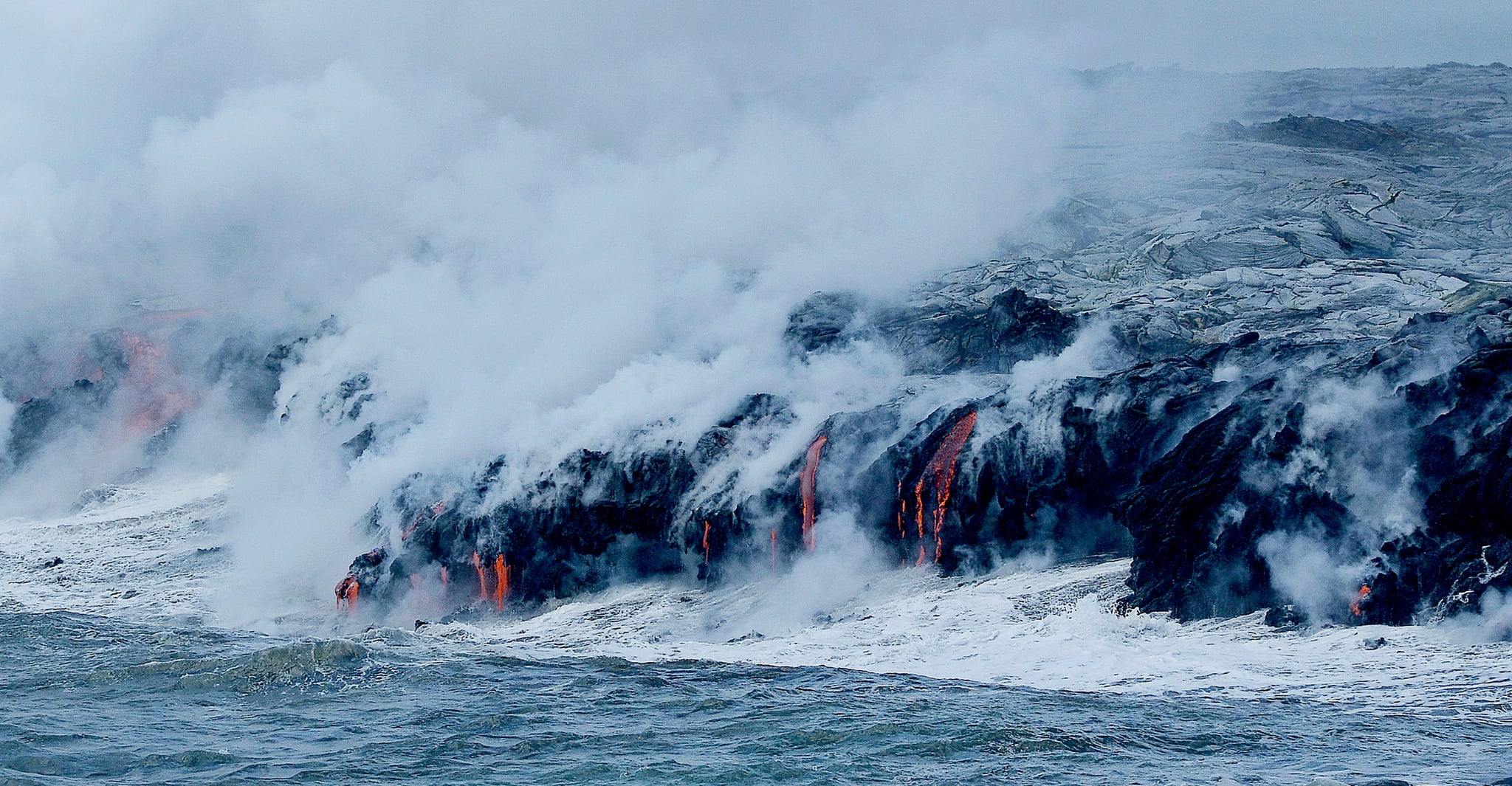
What might surprise you about your national parks? The diversity of possibilities. "Where else can you tour cliff dwellings that were built around the time of the Magna Carta (Mesa Verde National Park), pick fruit from orchards planted by Mormon settlers (Capitol Reef National Park), or gaze into the mouth of the world's most active volcano (Hawaii Volcanoes National Park)?" asks Lonely Planet's Howard. At America's national parks you can access both the humble tranquility and awesome power of nature — and they're often just a road trip away. Let's hope it stays that way for centuries to come.










